Loon

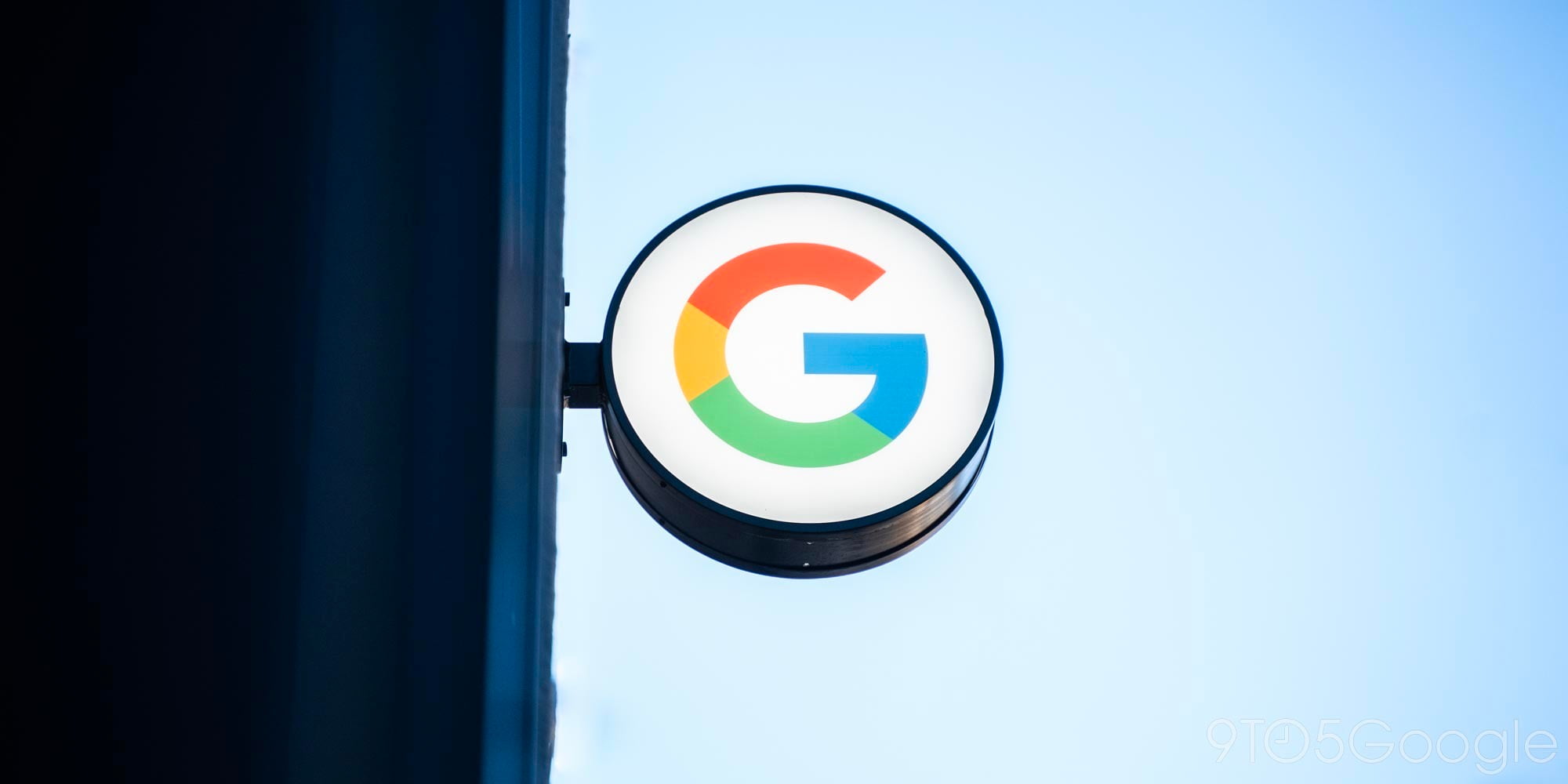
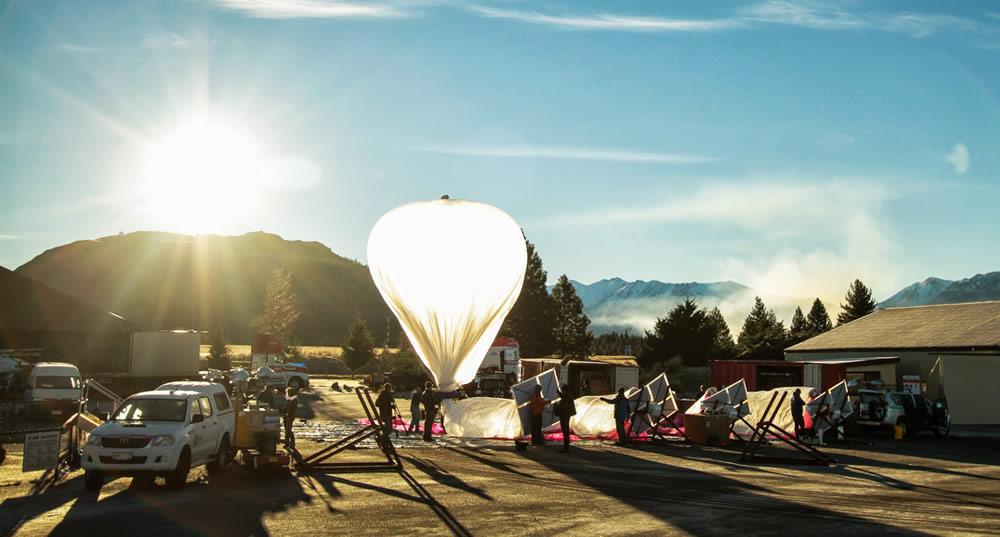
According to a recent filing with the FCC, Google is looking to test something with experimental radios that use a wireless spectrum in all 50 states and in Puerto Rico. The details on these tests are incredibly sparse at this point, but Google wants to start the process on January 1st and test for 24 months (via BI).


Google co-founder and now Alphabet CEO Larry Page has given his first major interview since the formation of Alphabet, addressing a wide range of topics which include his concerns about heading into uncharted territory with the company, privacy, Project Loon and Steve Jobs …
Expand
Expanding
Close


Google X’s incredibly ambitious Project Loon is expanding into another country soon. Parent company Alphabet today announced that it is teaming up with the three largest wireless carriers in Indonesia to test its Project Loon in Indonesia beginning next year. Google is targeting Indonesia because it is the fourth most populous country in the world, but two-thirds of its citizens lack access to Internet.

Google’s Project Loon has been in development for a couple of years now, and it’s finally signed up its first official partner: Sri Lanka. The deal between the government of Sri Lanka and Project Loon will see the nation become the world’s first to be fully covered by Loon’s floating towers.
Sri Lanka’s IT minister, in a statement to Lanka Business Online said: “As a result of this agreement, the entire Sri Lankan island – every village from Dondra to Point Pedro – will be covered with affordable high speed internet using Google Loon’s balloon technology.”
This news comes shortly after the hot-air balloon Internet tech was upgraded to act more like a mesh to provide faster, more consistent Internet coverage. They’ll launch 13 balloons over the next few months, and see the network size grow over time afterwards.
It’s a pretty exciting time for the small nation which typically has little rural coverage. Google’s balloons represent a saving in transmission costs, and will bring LTE network coverage to those who previously had nothing.

For one reason or another, roughly 4.4 billion people around the world are still without reliable, consistent access to an Internet signal. Google’s mission since its very founding has been to “organize the world’s knowledge,” but that isn’t so easy when vast amounts of information can’t even get online, which is one reason why its Project Loon balloons for spreading Internet by hot air balloons exists. The technology giant has made a lot of progress since announcing the project to the public in 2013, with recent tests seeing the balloons travel over 5,000 miles and provide hours of connectivity to locations that had otherwise never seen it before. Today Google is sharing two improvements that it has introduced to the project.
The first is that the team has created a 50-foot launcher called Autolauncher which cuts take-off time down to 15 minutes from 45 previously. The cube-shaped unit (pictured above) does this in a couple ways: it provides tall canvas sides to block winds up to 15 MPH (winds of 6 MPH or greater are prohibitive to take-off), it clamps down the balloon into place until take-off, and it provides a perch for the antenna which provides Internet so as to prevent it from swinging and setting the balloon off its trajectory.
The second improvement to Project Loon is that the balloons can now communicate with one another. Previously to beam Internet to the ground each balloon needed to be within 50 miles of the ground station of a telecommunications company that it would gain its LTE spectrum from. Now, however, the balloons can be anywhere from 250 to 500 miles from a station because balloons closer to a ground station can pass high-frequency signals between each other. This is the same idea as neighborhood mesh networks, where cheap routers can communicate with each other, share WiFi, and continue to communicate with each other even if the public Internet goes down. As a result, Google can now provide Internet to an entire region like West Africa with fewer expensive ground stations than before.
The hope now is to successfully provide a few days of continuous service at a time within its test areas (wind has proven to be a big challenge to doing this), and once it overcomes the challenges to accomplishing that it wants to roll out service to underserved markets such as Africa, Latin America, and Southeast Asia, ideally by the end of 2016.

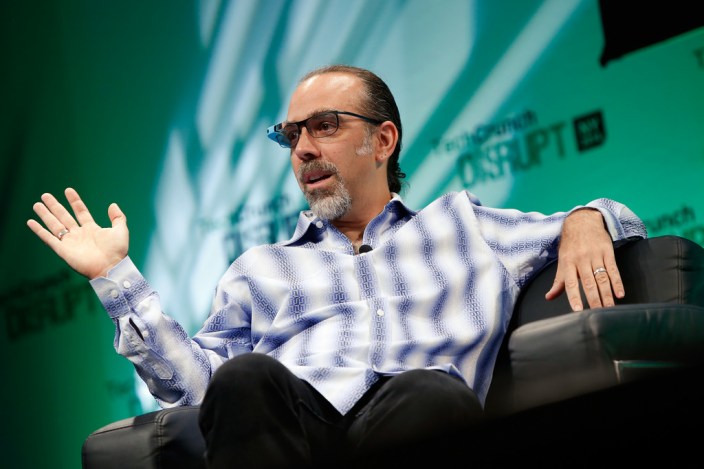
Google’s head of Google[x] Astro Teller took the stage today at South by Southwest in Austin, Texas, to talk about the Mountain View company’s secretive experimental lab and the things that the team has learned over years of showing its ambitious projects to the world (via The Verge). Teller spent a lot of time talking about Google Glass—which is definitely one the better known projects to come out of Google[x]—and how this fame was actually part of where Google failed…
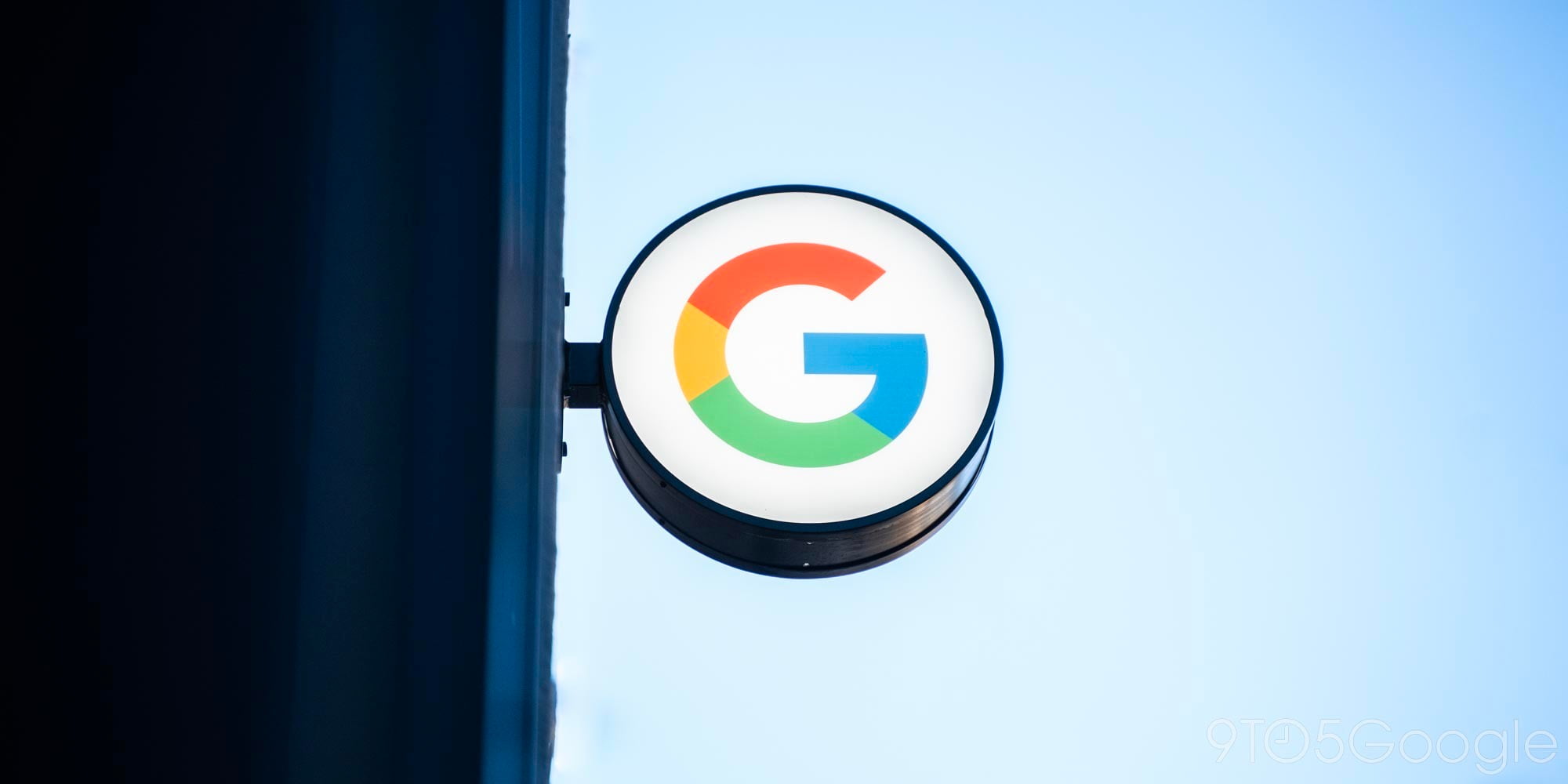
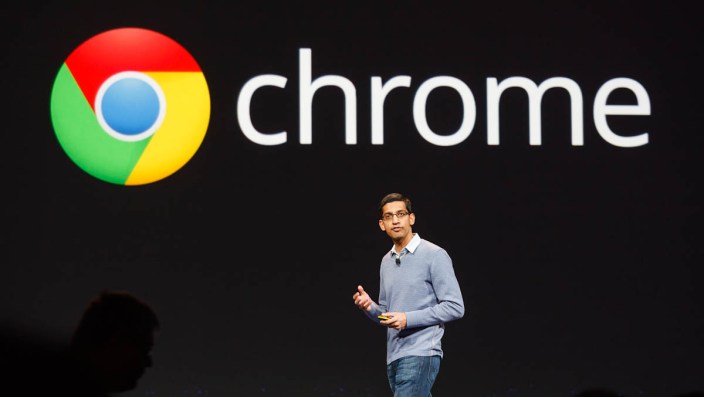
Google SVP Sundar Pichai sat down with Bloomberg’s Brad Stone at the Mobile World Congress today in Barcelona, Spain, and as happens often, he had some pretty interesting things to say. Among other topics, the Chrome and Android lead at Google talked about the company’s goals for improving the world’s Internet connectivity through various projects (including the company’s MVNO plans), Google’s further mobile payment ambitions with Android Pay, how Android will tie into virtual reality, and more…
Expand
Expanding
Close

Google X boss Astro Teller spoke with the New York Times on the topic of the experimental lab and the value it produces for the company, saying that the X lab’s goal is to find new technology markets that the Mountain View company can jump into and problems it can solve.
According to Teller, Google gives X projects a longer period of time in which to prove they can become profitable. He specifically highlights the “Neural Network Project” (previously known as Google Brain) as one project that has turned a serious profit. In fact, Brain is now bringing in enough “value” to offset the costs of running the entire X lab, Teller says:

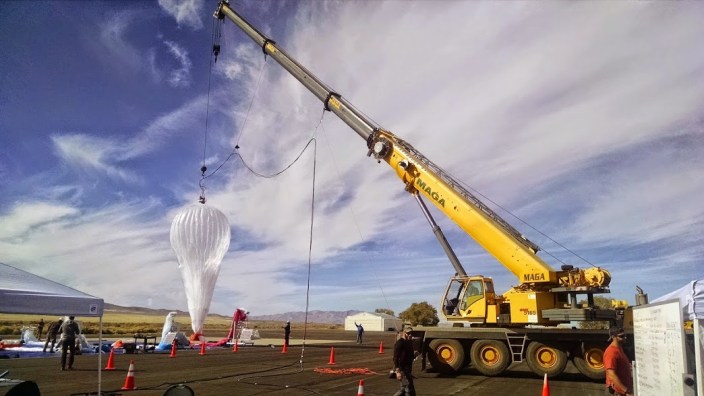
Google is busy working on bringing Internet access to the masses through its balloon-powered Project Loon program and today the outfit shared some impressive statistics related to the project’s progress. One of the company’s biggest advancements is that its balloons can now last 10 times longer in the stratosphere than they were able to last year. The tech giant also noted that most of its floating Internet stations are lasting 100 days and some even surviving up to 130 days.


Project Loon, Google’s ambitious balloon-based project to bring Internet access to the two-thirds of the world’s population who don’t yet have it, is about to begin its first live tests with a real carrier, reports The Guardian.
Australian carrier Telstra is providing base stations and part of its radio spectrum to allow Google to carry out tests with 20 balloons. The base stations will provide a two-way radio link with the balloons, which will then broadcast an LTE signal back to the ground – each balloon providing a signal across up to 600 square miles …
Expand
Expanding
Close

Google X founder and Google VP Sebastian Thrun decided to leave his position last month, according to a change on his LinkedIn page picked up by TechCrunch. As confirmed by Google earlier today, Thrun will remain in an advisory role only at Google.
Thrun was a driving force behind the company’s efforts to build an automated car and also previously headed up the Google Glass project. However, both projects have since been passed to other leaders. The Google X division has also been the source of a variety of sometimes-outlandish technology, including smart contact lenses and balloon-powered Internet access.

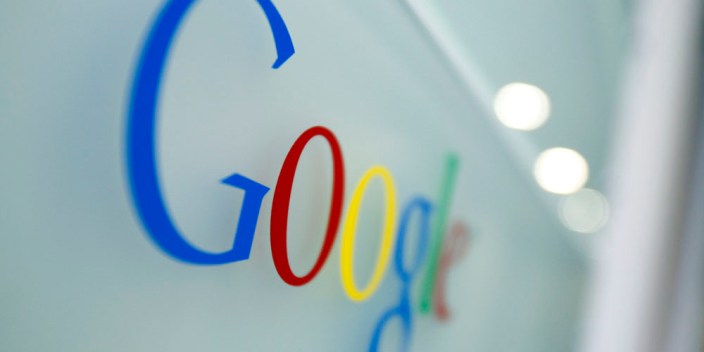
Google has not been quiet in its efforts to build a network of satellites that provide Internet access to the users below. A report earlier this year pegged the company as planning to spend more than $1 billion on satellite programs, while it also acquired satellite imaging company Skybox for $500 million this summer. According to a new report out of The Information, however, Google’s satellite efforts have just taken a big hit.

According to a new report from the Wall Street Journal, Google is planning to spend more than $1 billion to expand internet access to unwired regions of the world with a fleet of satellites. According to “people familiar with the matter,” Google this time around is hoping that it can overcome financial and technical problems it has faced in the past with this goal.


In Google’s annual Founders Letter, Larry Page revealed that Google was handling more than 100 billion searches a month, but said that the service was still “a million miles” from the service he’d like to see Google become.
In many ways, we’re a million miles away from creating the search engine of my dreams, one that gets you just the right information at the exact moment you need it with almost no effort. That’s partly because understanding information in a deep way is a hard problem to solve …

http://www.youtube.com/watch?feature=player_embedded&v=m96tYpEk1Ao
We’ve seen several reports of Google wanting to bring Internet access to emerging-countries, and the company has now announced a project that will greatly help it accomplish that goal. In a post on the official Google blog, Mike Cassidy announced the next “moonshot” from Google’s mysterious X lab, balloon-powered Internet access.
Google believes that it might be possible to build a ring of balloons that travel around the globe on the stratospheric winds and provide Internet service to the earth below. The company does warn us that this idea is still in the very early days of development, but says that it has built a system that uses balloons carried by winds at altitudes as high as planes and beams Internet at speeds as fast or faster than current 3G networks.
Expand
Expanding
Close